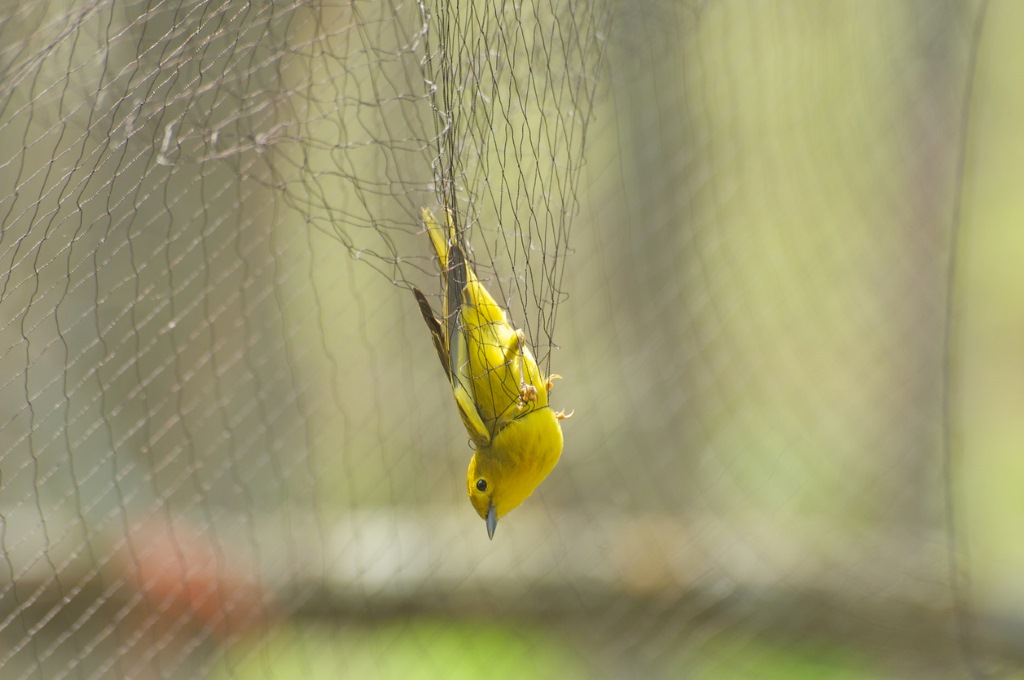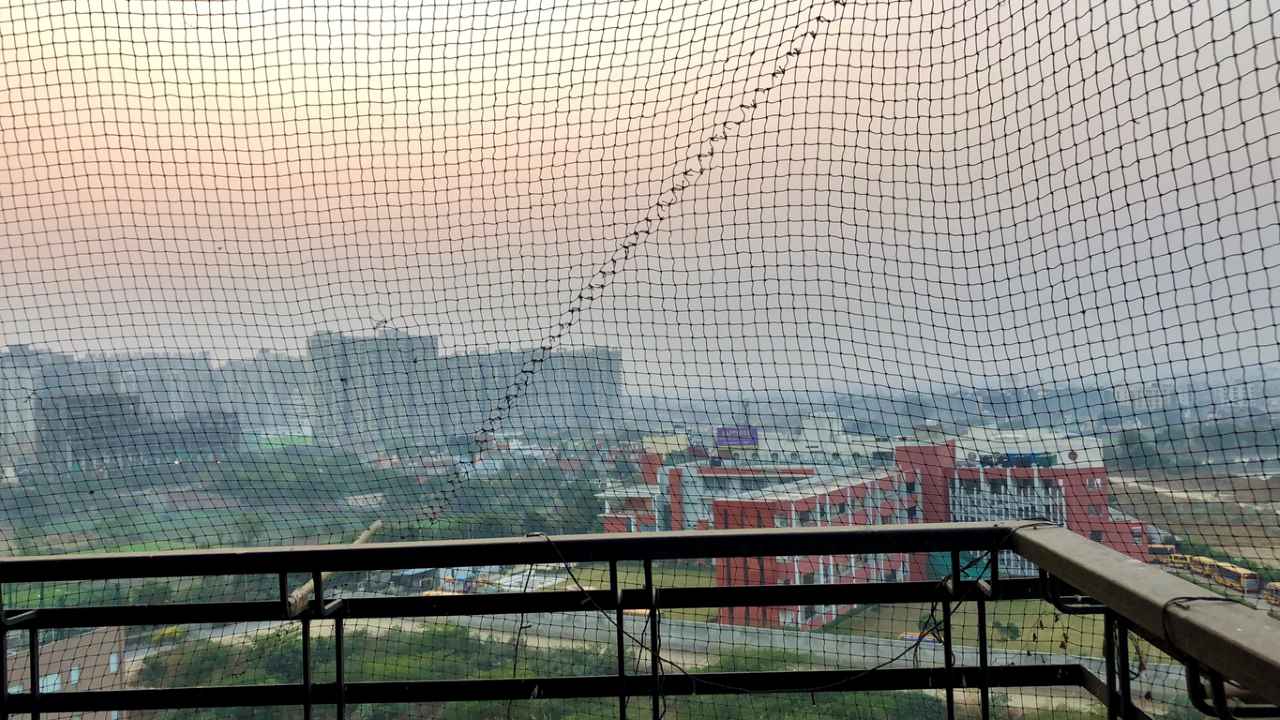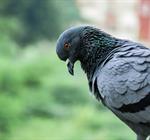
21 Jan 2024 | Apex Environmental Services (UK) Ltd
Bird Control in Historical Buildings: Preservation Challenges
Just a short tour around London - or any other big city in the UK, for that matter - and you’ll likely cross paths with century-old historic buildings, reflections of the UK’s rich history and an important element of our cultural landscape. However, one of the biggest threats to the preservation of ancient architecture is, surprisingly, birds. From pigeons nesting in the nooks of ancient cathedrals to seagulls perching atop centuries-old towers, birds can cause significant damage to these historic structures. This is where bird control, particularly through the use of anti-bird netting, becomes essential in preserving our architectural treasures. Let’s take a closer look.
Why Are Birds Problematic For Historic Buildings?
Birds, primarily pigeons and seagulls, often find refuge in historic buildings, attracted by the myriad of crevices and ledges that offer perfect nesting sites. And while these avian residents may seem harmless, their presence can in fact lead to a multitude of problems. Firstly, their droppings are not just unsightly but also highly acidic, capable of eroding stone, metal, and even damaging the integrity of stained glass windows over time. Additionally, their nesting materials can block gutters and drains, leading to water damage, while their presence can attract pests like mites and fleas.
Balancing Preservation and Protection
The challenge in protecting historic buildings from birds lies in the delicate balance between preservation and protection; any bird control measure must be effective in deterring birds while preserving the aesthetic and structural integrity of the building, creating a task that requires sensitivity, expertise, and a deep understanding of both the architecture involved and the behaviour of the birds.
The Role of Anti-Bird Netting
Our anti-bird netting at Apex Bird Control offers an ideal solution to this challenge; this method, while being highly effective, is also non-invasive and won’t detract from the historic building's aesthetic appearance. The netting acts as a physical barrier, preventing birds from accessing potential nesting or roosting areas, and it's particularly suitable for large, open areas like courtyards or intricate structures like spires and domes, where other bird control methods might be impractical or visually intrusive.
The Importance of Professional Installation

While anti bird netting can be a great way to deter avian pests, the installation of said netting on historical buildings is not a task for amateurs, and requires professional expertise to ensure that the netting is installed correctly without causing any damage to the structure. Our team at Apex Bird Control specialises in this; our fully-equipped team uses techniques and materials that are designed to be as discreet as possible, so you don’t need to worry about changes to the building's architecture.
We also conduct thorough assessments to identify the most effective locations for the netting, ensuring that it provides maximum protection while remaining almost invisible to any onlookers, passers–by and tourists.
Why Effective Bird Control is A Must
The benefits of bird control in historical buildings extend beyond the preservation of architecture, and actually extend into the realm of safety and hygiene; not only can bird droppings be slippery - thus posing a risk to visitors - but they can also be a source of diseases, particularly if visitors are exposed to toxic fumes produced by dried bird droppings (also known as guano). For this reason, controlling bird populations is imperative when it comes to ensuring a safe and healthy environment where locals and tourists alike can enjoy these historic sites.
The Bottom Line
Ultimately, the preservation of the UK’s historical buildings is no small task, but it’s a worthwhile one! With effective bird control - specifically through anti-bird netting - you’ll be able to secure a discreet yet effective solution to avian pests, and in turn safeguard these structures for generations to come.
FAQs
How long does anti-bird netting last?
Our high-quality netting is built to withstand various weather conditions and can last many years with proper maintenance. We provide guidance on maintaining the netting to ensure its longevity.
Is anti-bird netting suitable for all types of historic buildings?
Yes, our netting is versatile and can be customised to fit different structures, whether it's a cathedral, castle, or historic home. We assess each building individually to determine the best installation approach.
Can anti-bird netting be installed on buildings that are open to the public?
Absolutely! We’ll always ensure that the installation process is safe and minimally disruptive, making it suitable for buildings that receive regular public visitors.


